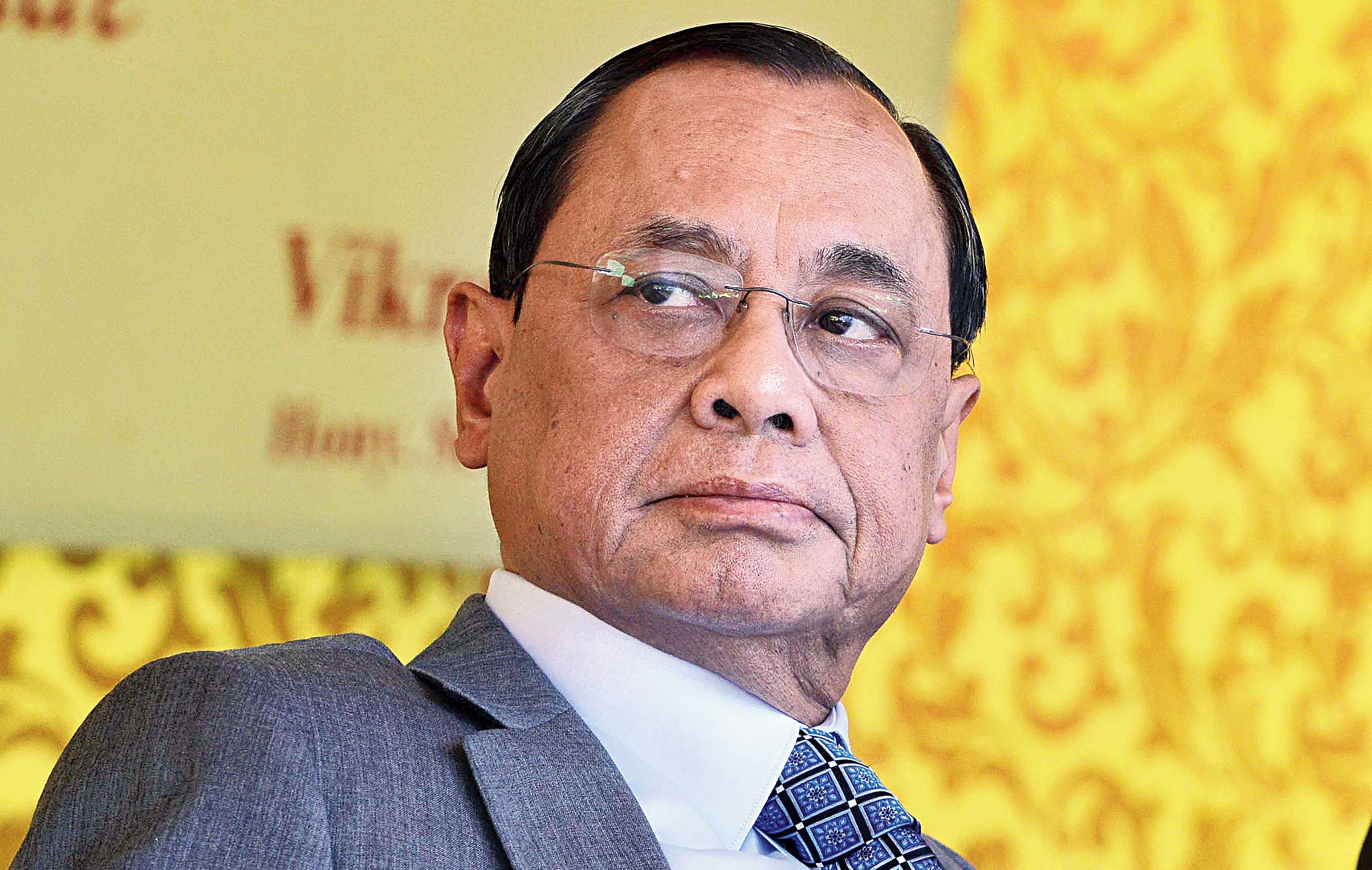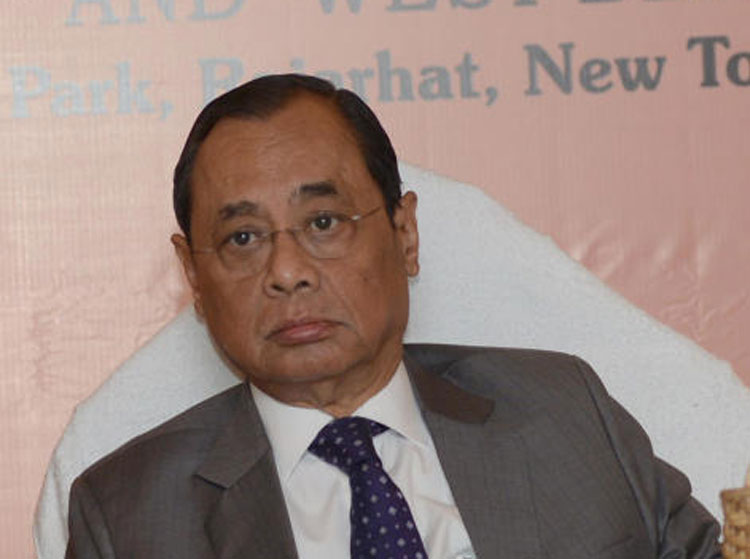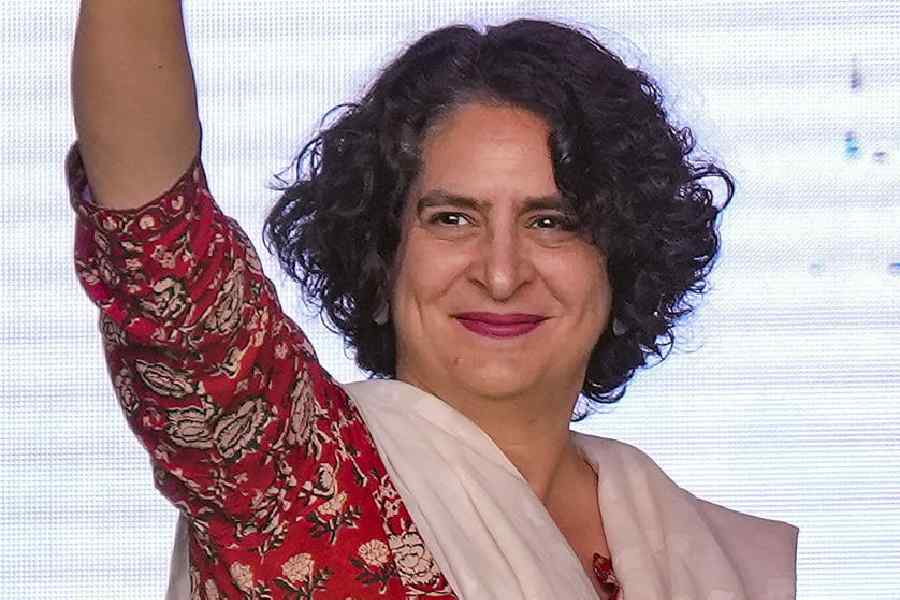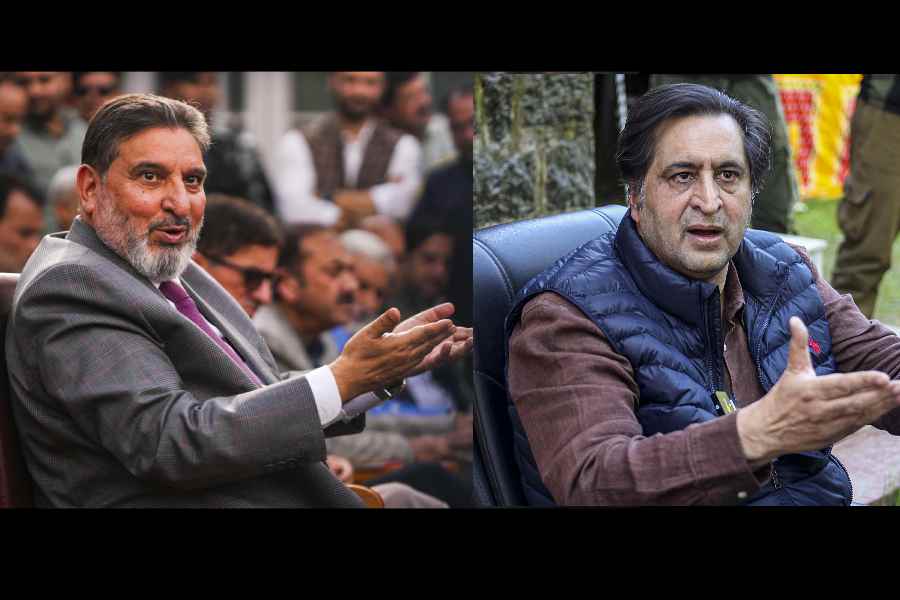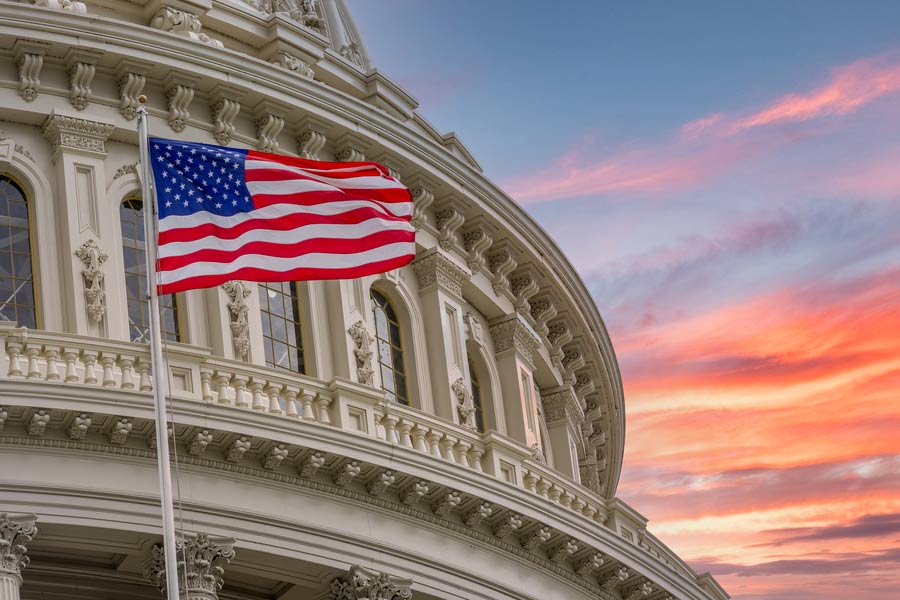President Ram Nath Kovind handed a Rajya Sabha nomination to Justice Ranjan Gogoi on Monday evening, four months after he retired as the Chief Justice of India.
Justice Gogoi had headed the Supreme Court benches that awarded the disputed Ayodhya site to Hindus to build a Ram temple and declined a plea to probe the Rafale fighter plane deal. Justice Gogoi had also publicly defended the exercise for the National Register of Citizens in Assam.
Never before in Indian history has a former CJI been nominated to the Upper House just months after retiring. Gogoi retired in November last year, days after the Ayodhya verdict.
Several senior lawyers and politicians insinuated that a top judge had been rewarded for a verdict that was in line with a key ideological commitment of the ruling dispensation.
“It took a while for what was implicit to become evident, but the independent judiciary is now officially dead,” Supreme Court lawyer Gautam Bhatia tweeted.
Sanjay Hegde, senior Supreme Court advocate, said: “He has not been just to his own judicial record. Now he has also imperilled the independence and impartiality of fellow judges who sat with him.”
The president of the Supreme Court Bar Association, Dushyant Dave, referred to the sexual harassment charge levelled against Justice Gogoi by an apex court employee. Justice Gogoi had received a clean chit from an in-house panel amid complaints from the woman about the absence of any external member and her being allegedly denied a lawyer.
“It (the Rajya Sabha nomination) is clearly political. It shows how the judiciary is being undermined,” Dave told this newspaper. “It’s clear evidence of the absence of judicial independence.”
The gazette notification from the Union home ministry said: “In exercise of powers conferred in sub-clause (a) of clause (1) of Article 80 of the Constitution of India, read with clause (3) of the article, the President is pleased to nominate Shri Ranjan Gogoi to the Council of States to fill the vacancy caused due to the retirement of one of the nominated member(s).”
It’s the government that makes the selections for such appointments, which are forwarded to the President.
Although the brazenness of the appointment took many by surprise, the Narendra Modi government had earlier too made similar moves.
Former Chief Justice of India P. Sathasivam was appointed Kerala governor in September 2014 after his retirement in April the same year.
Privately, BJP leaders claimed the Congress too had engaged in similar acts, pointing to the Rajya Sabha berth handed to former CJI Ranganath Misra, who had probed the anti-Sikh riots in Delhi.
However, Justice Misra became a Rajya Sabha member only in July 1998, almost seven years after stepping down as CJI in late 1991. In between, he had served as chairman of the National Human Rights Commission and then joined the Congress. He was elected, not nominated, to the Upper House.
Another former Chief Justice of India, Justice M. Hidayatullah, had been appointed Vice-President of India, but almost nine years after his retirement from the Supreme Court in 1970.
The apex court’s first woman judge, Justice Fathima Beevi, became governor of Tamil Nadu in 1997, after retiring as a judge in 1992.
On October 8, 2014, the apex court had declined to restrain retired apex court or high court judges from accepting post-retirement jobs or to the quash the controversial appointment of Justice Sathasivam as Kerala governor.
The bench of then Chief Justice H.L. Dattu and Justices S.A. Bobde (the current CJI) and A.M. Sapre had dismissed a public interest plea, which had sought to uphold the “independence of the judiciary”.

